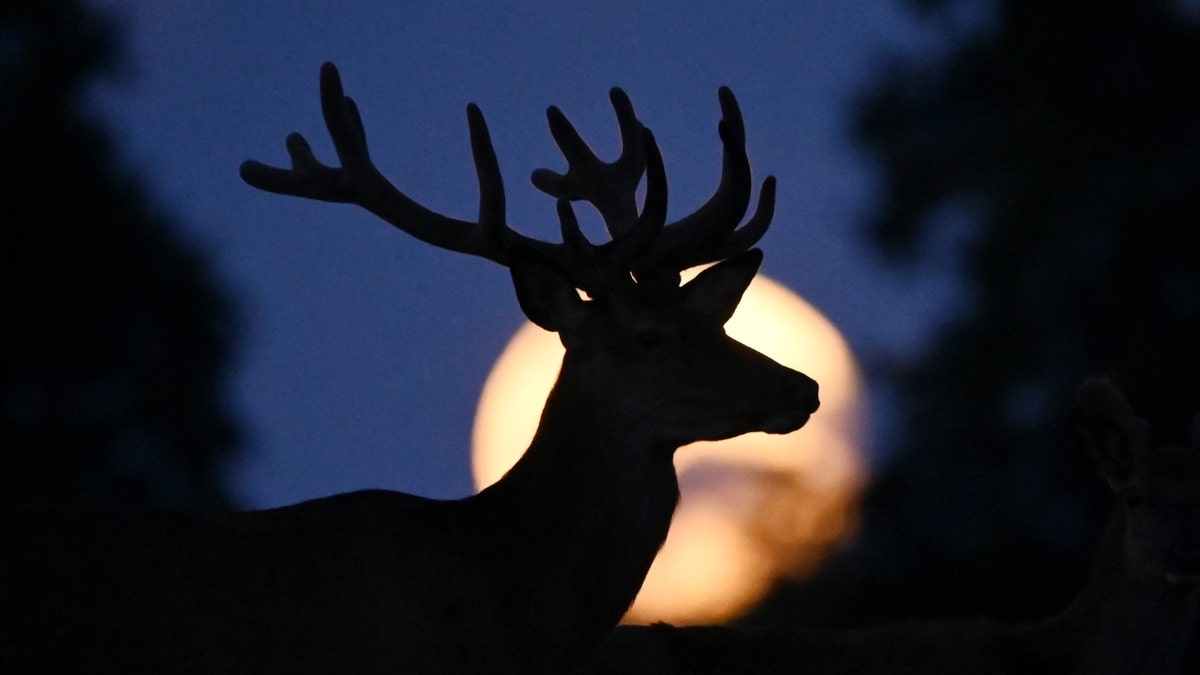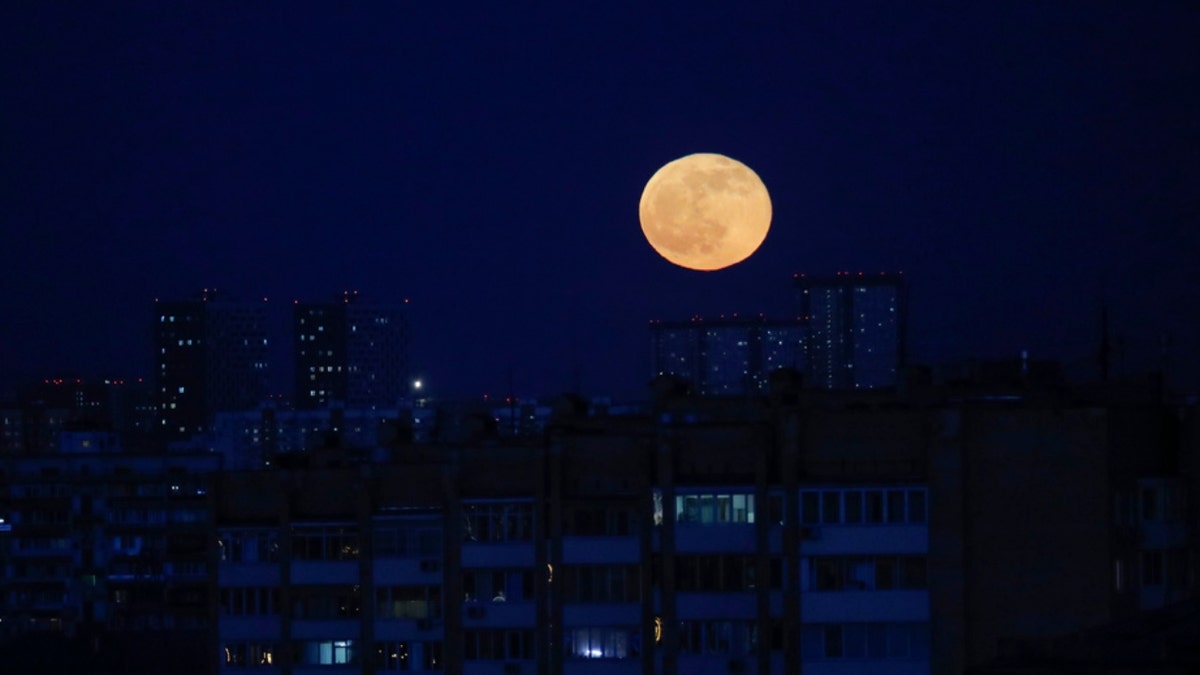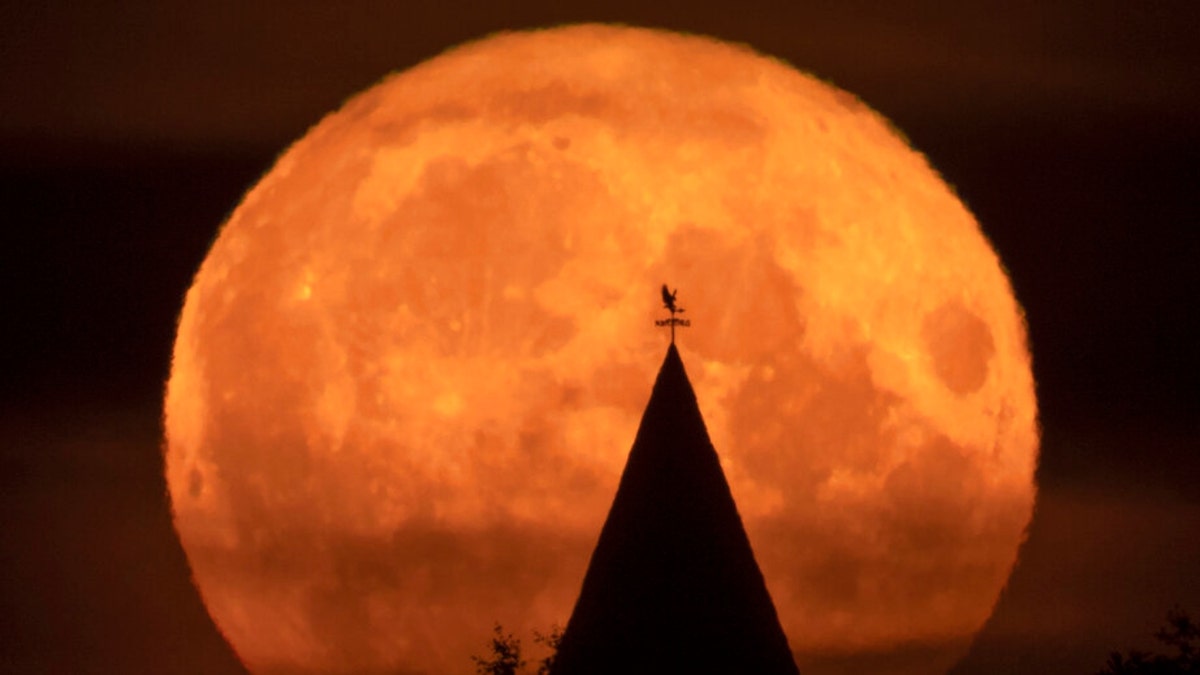Get ready for a celestial spectacle this Fourth of July weekend as the first supermoon of 2023, known as the full buck moon, graces the night sky. According to NASA, this lunar event will reach its peak illumination at 7:39 a.m. EST on Monday, appearing opposite the sun from Earth's perspective. While technically at its fullest Monday morning, the moon will appear largest on both Sunday and Monday nights, seemingly full for about three days. This coincides perfectly with Independence Day fireworks displays across the country.
This supermoon marks the first of four such occurrences in 2023 and ushers in the summer season's first full moon. August will bring two more supermoons, the sturgeon moon and the blue moon. A supermoon occurs when a new or full moon coincides with the moon's closest orbital approach to Earth (perigee), making it appear significantly larger and brighter.

The "buck" moniker comes from the timing of the moon's appearance coinciding with the rapid growth of male deer antlers, as explained by the Maine Farmers' Almanac. The Old Farmer's Almanac further elaborates that bucks shed and regrow their antlers annually, with each new set growing larger and more impressive.

Supermoons hold cultural significance across various societies. The Haida and Tlingit tribes of Alaska refer to the July full moon as the "salmon moon" due to the increased salmon migration during this period. The Algonquin tribes named it the "thunder moon" because of the frequent summer thunderstorms in the Northeast. In Europe, it's known as the "hay moon" due to the haymaking activities common in early summer.

Interestingly, International Moon Day falls shortly after this supermoon, on July 20.








